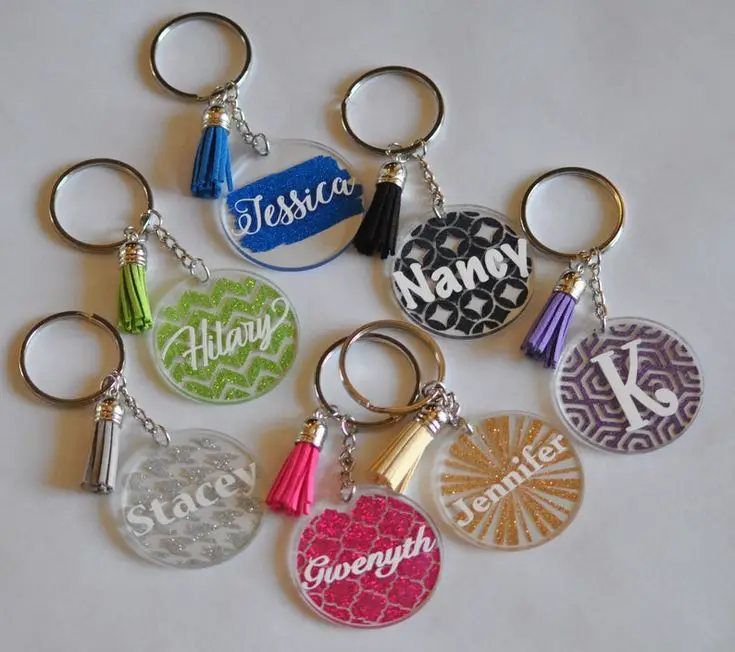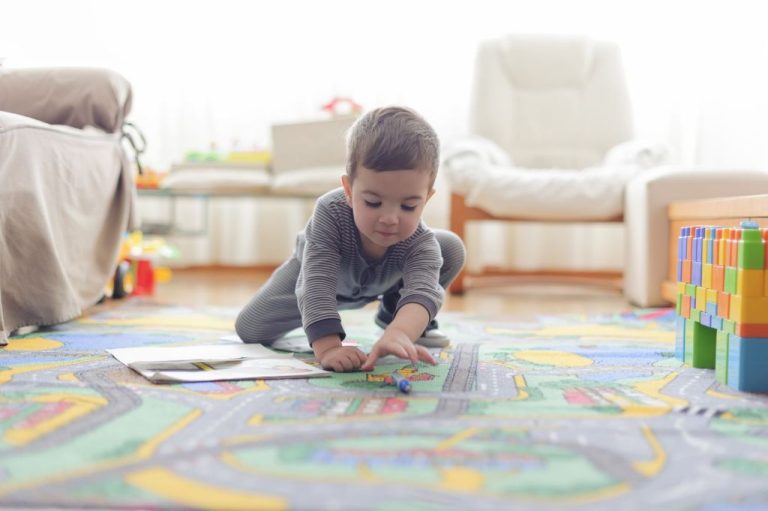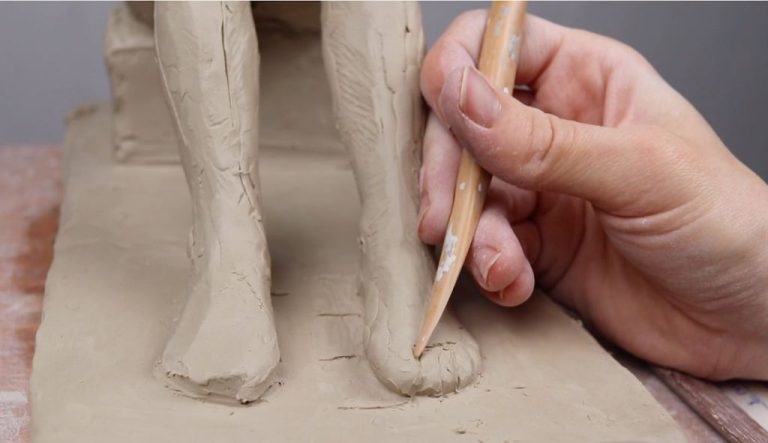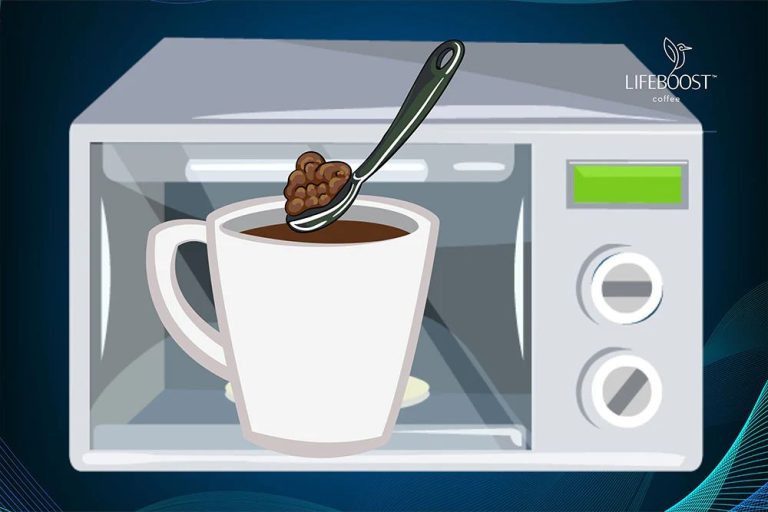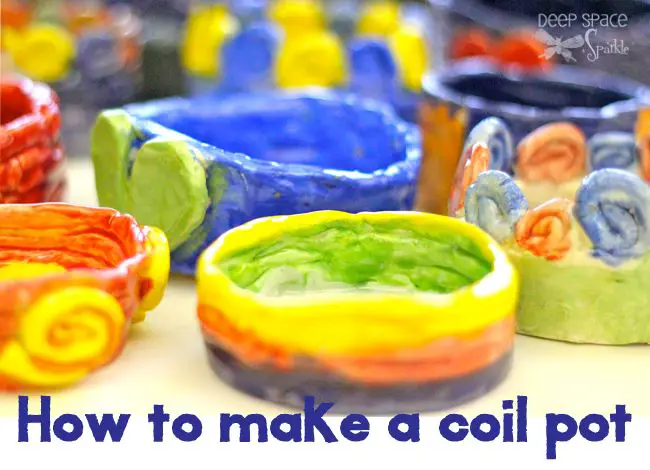What Is The Best Material For Pottery Bats?
A pottery bat or throwing bat is a portable slab that potters use as a surface to throw pots on a potter’s wheel. Bats allow potters to easily transport wet clay and safely turn the pot over to add foot rings or alter the bottom of a thrown piece. They provide a consistent, smooth surface to center clay on and help absorb moisture while throwing to keep the clay from becoming too wet. Bats are made from various materials, each with their own advantages and disadvantages. This article will discuss the most common bat materials – wood, plaster, cement, plastic, metal, and stone – and compare their qualities to determine the best option for most potters’ needs.
Wood
Wood is a popular choice for pottery bats because it is affordable, durable, and provides good resistance while throwing (community.ceramicartsdaily.org/topic/5984-hydro-bat-wonder-at-speedball-bat-or-birch-wood-bats/). The most commonly used woods for pottery bats are birch, maple, and poplar.
Some pros of using wood bats are:
- Good grip and traction for clay
- Absorbs water slowly allowing the clay to stay wetter for longer
- Durable and long-lasting
- Inexpensive compared to other materials
Some cons are:
- Can warp or crack over time
- Requires sealing and recoating periodically
- Not perfectly smooth surface
Out of the wood varieties, birch is generally preferred as it has a tight grain that resists warping. Maple and poplar are softer woods that tend to warp easier when exposed to moisture. Despite some downsides, wood remains a top choice for pottery bats due to its favorable properties for throwing clay.
Plaster
Plaster is a commonly used material for pottery bats. Some of the pros of using plaster bats include:
- Plaster bats can be cast into custom shapes and sizes (see casting techniques below)
- Plaster provides good absorbency and wicking action to pull moisture from the clay
- Plaster bats are relatively inexpensive and easy to make
Some of the cons of plaster bats include:
- Plaster bats can crack over time
- The surface can become uneven as plaster wears
- Plaster is heavy compared to other bat materials
To make a plaster bat, start with a mold or form, often made of wood or rigid foam. Apply a releasing agent like petroleum jelly so the plaster won’t stick. Mix dental plaster according to package directions and pour into the mold. Let cure completely, then unmold the plaster bat. Smooth any rough edges with sandpaper. Add pins or other attachments as needed (see pros and cons of plaster bats).
With proper care and use, a plaster bat can last many years. Avoid slamming bats on the wheel head, which can cause cracks. Store bats so they stay flat. Recondition the surface as needed with sanding or an acrylic bat wash.
Cement
Cement pottery bats have a number of pros and cons. On the plus side, cement has good shock resistance and vibration dampening properties which helps prevent warping ([1]). Concrete bats hold their shape well compared to other materials like wood or plaster. The cement surface also provides a nice smooth texture for throwing on. The main downside is cement bats are very heavy, which can make them difficult to move and transport. They are also prone to cracking if not properly cured.
When mixing cement for pottery bats, a good ratio is 1 part cement to 2-3 parts sand/aggregate. Allow the cement to cure slowly, keeping it moist for 1-2 weeks to prevent cracking and increase strength. Some potters recommend soaking the bat in water after demolding for the initial curing period ([2]). Take care to remove any bubbles from the cement surface before curing for a smooth throwing surface.
Plastic
Plastic bats are a popular choice for many potters. Some pros of plastic bats include:
- They are lightweight and easy to handle.
- Plastic bats are inexpensive compared to other materials.
- They are durable and warp-resistant.
- Plastic bats can be easily cleaned.
- Many potters like the smooth throwing surface plastic provides.
Some cons of plastic bats:
- Over time, plastic can degrade and get scratches in the surface.
- Plastic bats may not grip clay as well as other materials.
- The plastic can potentially leech chemicals into clay.
The most common plastics used for bats are polyethylene and polypropylene. Polyethylene is smooth, flexible, and inexpensive. Polypropylene is more rigid and durable. Many potters recommend food-grade plastic to avoid potential chemical leeching.
Popular plastic bat options include the Speedball bats, which come in multiple sizes and are known for being affordable, lightweight and fairly durable (source). The Dirty Girl bat system also uses food-grade polyethylene for smooth throwing (source). Overall, plastic offers an affordable, user-friendly option for pottery bats.
Metal
Metal bats have gained popularity among potters for several reasons:
Pros:
- Durability – Metal bats like aluminum and steel are very sturdy and can last a long time with regular use.
- Stability – The rigidity of metal bats helps keep them flat during throwing and firing. They are less prone to warping than materials like wood or plaster.
- Smooth surface – Metal bats provide an ultra smooth throwing surface which can help improve the quality of your pots.
- Ease of cleaning – Metal bats like aluminum are very easy to clean and keep in good condition.
Cons:
- Weight – Metal bats are heavier than plastic or plaster.
- Temperature conduction – Metals like aluminum conduct heat well, meaning the bat can draw heat away from pots as they dry.
- Cost – Metal pottery bats are generally more expensive than other materials.
The most popular metals for pottery bats are aluminum and steel. Aluminum is lightweight while still sturdy. Steel is heavier but provides maximum durability. Stainless steel offers the benefits of steel while resisting corrosion. Copper and brass bats are also used sometimes.1
Stone
Stone is a popular material for pottery bats because of its durability and weight. Some of the pros of using stone bats include:
- Very durable and long-lasting – stone bats can last for decades with proper care
- Provides good thermal shock resistance
- Stays cold while throwing, which can help prolong the workability of clay
- Heavy weight provides stability while throwing larger pieces
Some common types of stone used for pottery bats include slate, granite, and marble. Slate is affordable and resistant to temperature changes. Granite is very dense and durable. Marble gives a smooth throwing surface but can be prone to etching from clay over time [1].
The downsides of stone bats include:
- Heavy weight can make bats difficult to transport
- Relatively expensive compared to other bat materials
- Surface can become uneven with heavy use over time
- Not as grippy as other bat materials, may require pin holes
Overall, the durability and thermal properties of stone make it a frequent choice for potters who can accommodate the extra weight in their studio. Granite and marble bats are investments that can last a lifetime if cared for properly.
[1] https://www.thestudiomanager.com/posts/best-throwing-bats-for-the-pottery-wheel
Comparison
When comparing the different materials for pottery bats, there are tradeoffs between cost, durability, weight, grip, and ease of cleaning. Wood is relatively inexpensive and lightweight but can warp over time and stain easily. Plaster is porous and prone to cracking but provides good grip. Cement is very durable but extremely heavy. Plastic is affordable, lightweight and easy to clean but can be slippery. Metal is non-porous and durable but conducts heat. Stone has good thermal properties but is very heavy.
In terms of grip and thermal properties, plaster and stone tend to perform the best for pottery work. However, their weight makes them difficult to work with. Wood is a good compromise between cost, weight and durability. Plastic is extremely lightweight and affordable but may not provide enough grip. The ideal choice depends on the individual potter’s needs and preferences.
Recommendation
When considering all the factors of cost, durability, availability, weight, and ease of use, the best overall material for pottery bats is plaster.
Plaster offers a good balance of affordability and quality. Pre-made plaster bats can be purchased relatively inexpensively, or you can make your own with simple materials like plaster of paris and a mold. Compared to materials like wood, plaster holds up better to frequent use and water exposure over time.
Plaster is also lighter than materials like cement or stone, making bats easier to transport and work with. The smooth, porous surface provides good adherence for clay without being overly sticky. Cleanup is straightforward by simply wiping down or rinsing with water.
While plastic and metal can also be good options, plaster tends to be more accessible and cost effective. Plastic may warp over time, while metal can dent or require special care. Overall for its versatility, plaster bats are a smart choice for most pottery needs.
Conclusion
In summary, there are many factors to consider when selecting the best material for pottery bats. The most popular and commonly used options include wood, plaster, cement, plastic, metal, and stone. Each material has its own unique benefits and drawbacks in terms of cost, durability, weight, texture, and performance. For beginner potters, plaster and plastic bats offer an affordable and lightweight option to start. Wood bats provide good grip and absorbency at a moderate price point. More advanced potters may prefer the durability and texture of cement, metal or stone bats.
Overall, there is no definitive “best” material, as personal preference and individual needs should dictate choice. Testing out a few different bat materials first can help potters select the right one for their style, skill level, and budget. The key is finding a bat with the right balance of grip, rigidity, absorbency, weight, and texture for your pottery needs.

